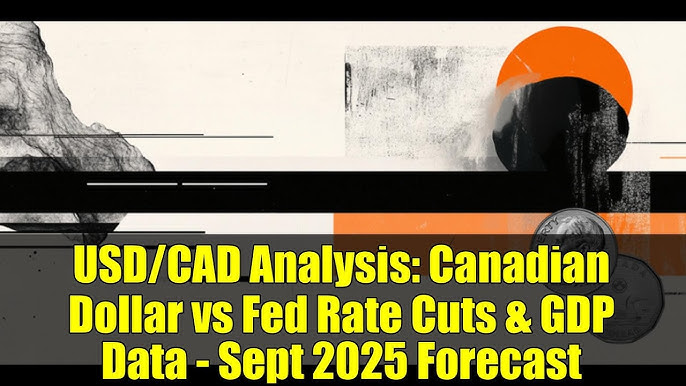The USD/CAD pair extended its losses into the early Asian session on Tuesday, trading near the 1.3800 support level. The pair’s decline is primarily fueled by a weakening US Dollar, which remains under pressure following a soft US jobs report that has solidified market expectations for imminent Federal Reserve interest rate cuts.
The catalyst for the current Greenback sell-off was Friday’s US Nonfarm Payrolls (NFP) report. The data revealed that job growth in August fell short of expectations, while the Unemployment Rate unexpectedly climbed to 4.3%—a nearly four-year high. This signs of a cooling labor market have led investors to aggressively price in a more dovish path for the Fed.
Market sentiment, as reflected in Fed funds futures, now indicates a nearly 90% probability of a 25-basis-point rate cut at the Fed’s upcoming policy meeting, with a small chance of a more aggressive 50-basis-point reduction, according to LSEG data.
All Eyes on US Inflation Data
With the NFP data shifting the narrative, focus now turns to key US inflation releases for confirmation. The US Producer Price Index (PPI) on Wednesday and the critical Consumer Price Index (CPI) on Thursday will be the week’s main events. These figures will be crucial in determining the Fed’s next move.
Some analysts caution against assuming a straight-line decline for the Dollar. “We feel there’s a chance for a surprise uptick in the dollar, especially if the inflationary figures to arrive in the form of PPI and CPI paint a picture in which prices are just simply getting out of control,” said Juan Perez, director of trading at Monex USA in Washington. A hotter-than-expected print could force markets to reassess the pace of expected Fed easing, as noted in analyses by Reuters.
Commodity Tailwinds for the Canadian Dollar
Meanwhile, the commodity-linked Canadian Dollar (CAD) is finding support from a rise in crude oil prices. As a key global exporter, Canada’s economy and its currency are highly sensitive to fluctuations in oil markets. Higher crude prices typically boost the Loonie by improving the nation’s terms of trade and increasing foreign demand for CAD to purchase Canadian energy exports. Traders often monitor oil price trends on platforms like Bloomberg for signals on CAD direction.
Key Factors to Watch:
-
US Inflation Data (PPI & CPI): Will inflation confirm the need for rapid rate cuts, or will it prove stickier than expected?
-
Oil Price Volatility: As a risk-sensitive commodity, crude oil’s trajectory will be a significant driver for CAD strength.
-
Broad USD Sentiment: The Dollar’s overall momentum, driven by shifting Fed expectations, will remain the primary driver for the USD/CAD pair.
In the short term, the path of least resistance for USD/CAD appears skewed to the downside, contingent on upcoming US data affirming a softening economy and cooling inflation.










